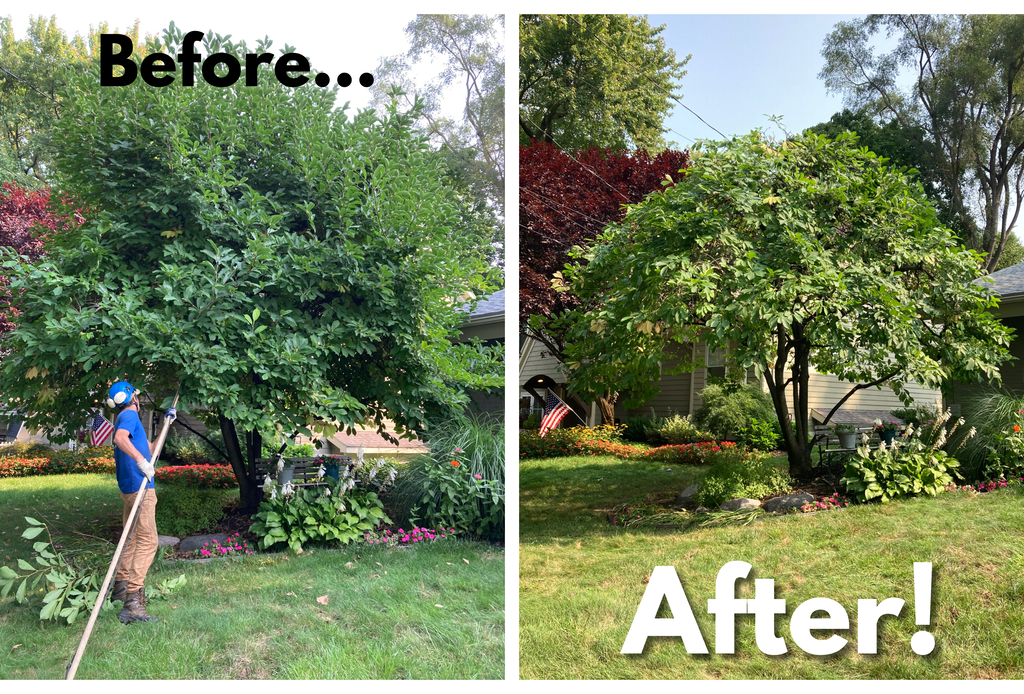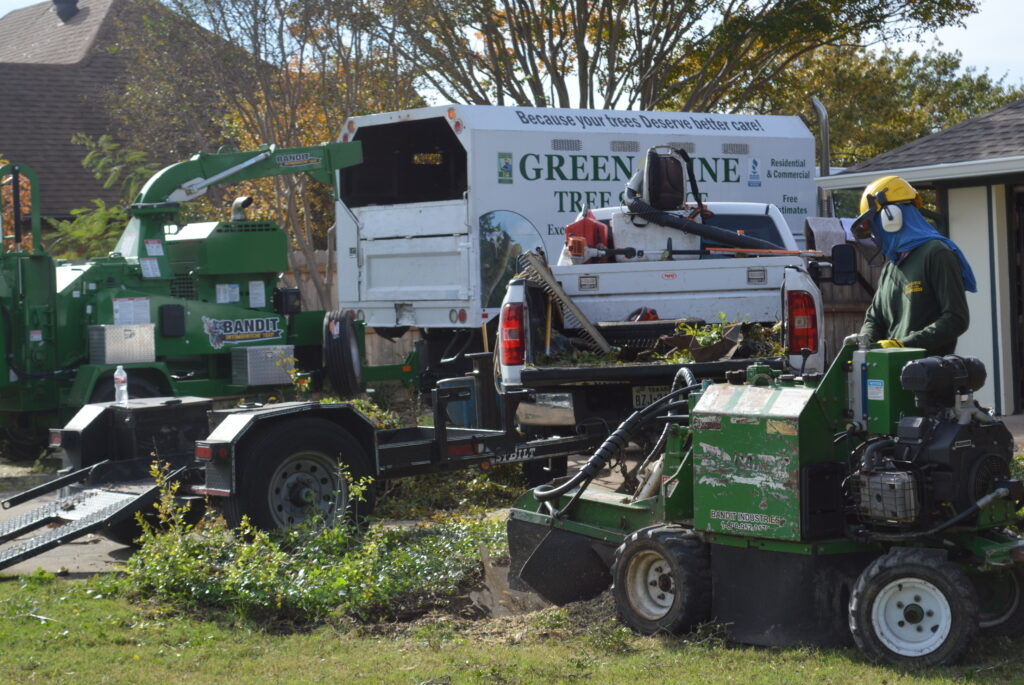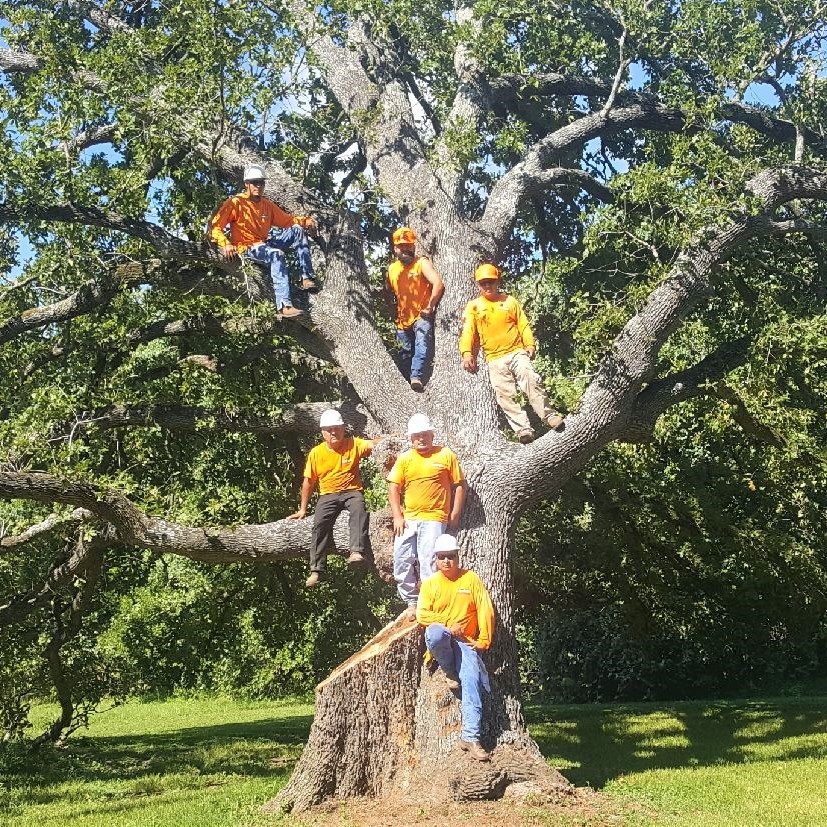Tree Trimming vs Pruning: What’s the Difference and Which Should You Do?
Introduction
When it comes to taking care of your trees, you’ve probably heard of both tree trimming and tree pruning. These two terms are often used interchangeably, but they’re actually quite different. Each serves a unique purpose in maintaining the health and appearance of your trees. So, how do you know which one your tree needs? Let’s explore the differences and guide you toward the best choice!
What is Tree Trimming?
Tree trimming is all about aesthetics. Think of it like getting a haircut for your tree. The goal is to shape the tree, remove overgrown branches, and make sure it looks neat and tidy.
Benefits of Tree Trimming
Improved appearance: If your tree looks like it’s out of control, trimming will give it a more polished look.
Increased sunlight and air circulation: Trimming back excess branches can allow more sunlight to reach your yard or garden.
Safety: Overgrown branches, especially near power lines or structures, can be hazardous and trimming reduces the risk.
When to Trim a Tree
Trimming is best done in late winter or early spring before new growth starts.
You can also trim trees during the growing season if they become too unruly or overgrown.
What is Tree Pruning?
Pruning, on the other hand, focuses on the health of the tree. It involves selectively removing dead or diseased branches, improving the tree’s structure, and ensuring its long-term health.
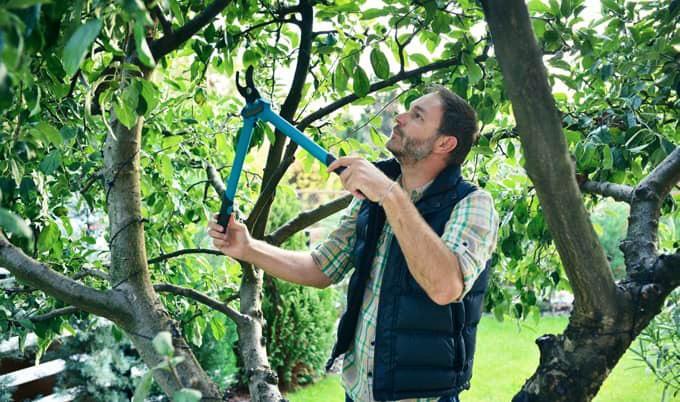
Benefits of Tree Pruning
Enhanced tree health: Pruning removes damaged branches and prevents the spread of disease.
Better fruit and flower production: Pruning can encourage a tree to grow more fruit or flowers by focusing its energy on healthy branches.
Improved tree shape: Pruning encourages stronger, healthier branches and a more balanced structure.
When to Prune a Tree
Pruning is best done in late winter when the tree is dormant.
For flowering or fruit-bearing trees, pruning can be done after the flowering season to encourage better blooms next year.
Key Differences Between Tree Trimming and Pruning
Now that we know what trimming and pruning are, let’s dive into the key differences.
Purpose: Aesthetic vs Health
Trimming is mainly about making the tree look better.
Pruning is focused on maintaining or improving the tree’s health.
Timing of Trimming and Pruning
Trimming is typically done during the growing season, while pruning is better in the dormant season (late winter).
Tools Used for Trimming vs Pruning
Trimming often involves shears or hedge trimmers.
Pruning requires pruning shears, loppers, or even a saw for larger branches.
Tree Trimming Techniques
Crown Thinning
This technique involves removing some branches to reduce the tree’s density, allowing more light and air to pass through.
Crown Reduction
Used to reduce the overall size of the tree, especially if it’s growing too close to structures.
Crown Lifting
Involves trimming the lower branches to raise the canopy, creating more space underneath.
Tree Pruning Techniques
Thinning Cuts
Removing entire branches to reduce overcrowding and improve tree health.
Heading Cuts
Cutting back branches to a bud or smaller branch to control the tree’s growth.
Shearing
Typically used for shrubs, but sometimes applied to smaller trees to shape them.
When Should You Trim or Prune Your Trees?
Knowing the right time to trim or prune is essential for your tree’s health.
Ideal Seasons for Trimming
Late winter or early spring are the best times for trimming. Avoid trimming in the heat of summer.
Ideal Seasons for Pruning
Pruning is best done in late winter when the tree is dormant, but for flowering trees, right after blooming is ideal.
Signs Your Tree Needs Maintenance
Overgrown or tangled branches
Dead or diseased limbs
Branches growing too close to structures
Benefits of Regular Tree Maintenance
Improved Tree Health
Trimming and pruning both contribute to a stronger, healthier tree.
Enhanced Appearance
Regular maintenance keeps your trees looking their best.
Safety Concerns and Solutions
Addressing overgrown or damaged branches can prevent accidents and property damage.
Risks of Improper Trimming or Pruning
Impact on Tree Health
Trimming or pruning too much or at the wrong time can weaken the tree.
Dangers to Property and People
Incorrect techniques may cause branches to fall unexpectedly.
Long-Term Effects on Tree Growth
Poorly pruned trees may struggle to grow properly, leading to weak structures.
DIY Tree Maintenance vs Professional Help
Pros and Cons of DIY Tree Care
Pros: Cost-effective, rewarding.
Cons: Risk of injury, improper techniques can harm the tree.
When to Call a Professional
If the tree is large, or near power lines or structures, always call a professional.
How to Choose a Professional Tree Service
Look for certified arborists, check reviews, and ask about insurance.
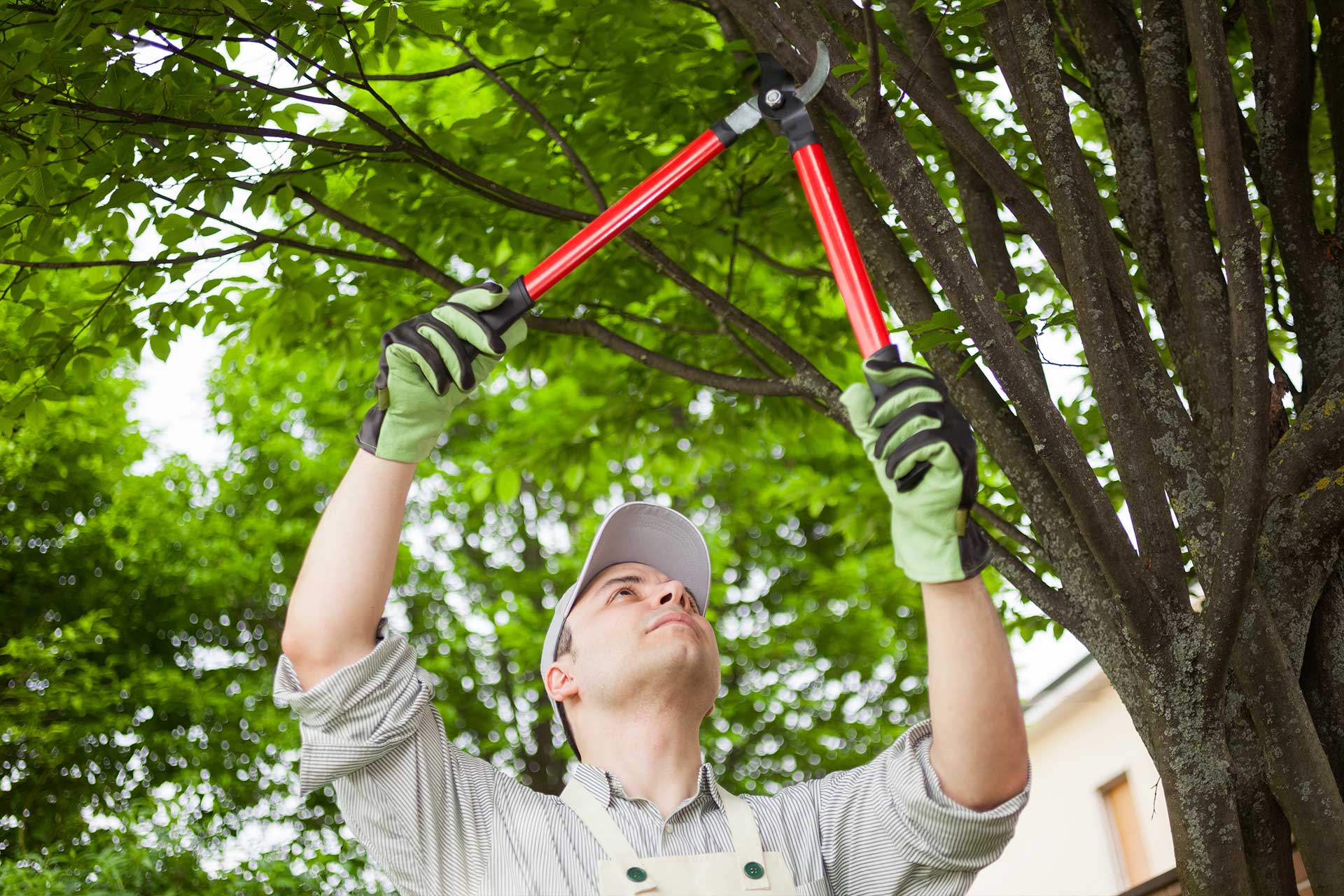
Common Myths About Tree Trimming and Pruning
Myth 1: Trimming and Pruning Are the Same Thing
Fact: They serve different purposes—one for looks, one for health.
Myth 2: Pruning in Any Season is Fine
Fact: Pruning in the wrong season can harm your tree.
Myth 3: Topping is a Good Way to Reduce Tree Size
Fact: Topping can severely damage a tree and is not recommended.
Conclusion
Tree trimming and pruning are essential practices that help maintain the health, safety, and beauty of your trees. While trimming is focused on appearance, pruning ensures the tree remains healthy and strong. Understanding the differences and knowing when to apply each technique will keep your trees thriving for years to come.
